Long before homo sapiens appeared, the ancestor (Paraceratherium) of our modern-day rhinos braved ice-ages and searing heat, prehistoric hyenas and giant crocodiles. These fearless animals were the titans of their time, standing over five meters tall at the shoulder, with a body that spanned 26 feet and weighing in at a colossal 20 tonnes.
As time went on, these animals evolved and during the Earth’s Eocene Epoch (55 million years ago), more than 30 genera and 60 different species of rhino roamed Europe, Asia, and Africa.
Fast forward to the beginning of the 20th century, 500 000 rhinos could be found in the wild.
Today, more than 4 million years worth of evolution is represented by less than 24, 000 individuals across five species of rhino.
It is estimated that two-thirds of the world’s five rhino species could be lost in our lifetime. But, thanks to the enormous growth of conservation efforts, African rhino species – black rhino and white rhino – have both increased in number in recent years.
There have been epic progress in the fight to keep the rhino alive, with scientists, NGOs, businesses, and concerned individuals from nearly every corner of the world working in tandem to keep them alive. It’s been so good that the white rhino has been brought back from the brink of extinction.
Unfortunately, this is not enough.
Both species are still at risk due to a surge in poaching to meet the demand for illegal rhino horn, primarily in Asia. Countries and conservationists are stepping up their efforts but the possibility of not seeing a rhino on your African safari tour is more of a reality than you think.
Black and white rhinos are crucial to the African eco-system and if they had to go extinct it spells trouble on a global scale.
In one study, researchers found that without rhinos, there are fewer grazing lawns to keep other foliage (like forests) from taking over. This would result in less food for antelopes and other species, less wildlife diversity, more carbon dioxide in the atmosphere, and less income for African countries who rely on wildlife tourism.
To spread awareness and keep the wildlife conservation fire burning, the WWF dedicated the 22nd September to these critically endangered animals.
World Rhino Day is an initiative that brings people and organizations together to raise awareness and funds for the five species of rhinoceros — all of which are under threat from the illegal rhino horn trade.
To celebrate World Rhino Day this year, we have rounded up the best places to see these rhinos in Africa and how you can contribute to their conservation.
Where to see Rhinos in Africa
South Africa
South Africa’s diverse landscape is the perfect canvas on which to paint an eclectic safari experience.
From the lush garden route forests to the awe-inspiring deserts, and classic African savannahs, wildlife-watching is pure joy here.
South Africa also holds the glory of having the largest rhino population in the world.
Two areas with the greatest population of white rhinos are Hluhluwe-Umfolozi Park and Kruger National Park in South. But if you want to take it a step further then consider visiting the Pilanesberg National Park.
This underrated safari destination has plenty of black rhino and is one of the best places to see a rhino in the wild.
The Black Rhino Game Reserve in the North West side of the Pilanesberg national park has no boundary fences, which means that wildlife is free to roam in and out of the area. You will be able to spot most of the animals that you would typically find in the Pilanesberg including the Big 5, the endangered African wild dog, various rare antelope, and more than 354 bird species.
Kenya
During the poaching wars of the 1970s and 1980s, black rhino numbers in Kenya fell from an estimated 20,000 to just 300. But thanks to aggressive conservation those numbers rose slowly in the decades that followed and today, Kenya is one of the best places to see a rhino in the wild.
This iconic destination is a classic safari heavy-weight, jam-packed with all of Africa’s most iconic animals including both the black and white rhino.
When you’re on safari in Kenya, the most obvious place to begin looking for rhinos is in Nairobi National Park.
The park features a wildlife conservation education center and a major rhino sanctuary that assists with breeding and “restocking” other parks. Here, eco-friendly travelers can go on guided conservation walks, immerse in the wildlife rescue program at the animal orphanage, and even visit Kenya’s historic ivory burning site.
In addition to the National Parks, more than half of the country’s rhinos live in heavily guarded private reserves such as the Ol Pejeta conservancy. This not-for-profit 90,000-acre conservancy is a sanctuary for over 110 critically endangered rhinos. It was here that Sudan, the last male white rhino lived, and where you’ll find the last two northern white rhinos still alive, both females.
Scientists have come up with an incredible plan to save the white rhino from extinction, and the park itself has an intensive wildlife conservation program.
The conservancy boasts a highly trained rhino protection squad and partners with international veterinary experts who regularly gather data on each animal to ensure their health and safety. Visitors can also get involved by going on one of the conservancy’s conservation experiences where you can meet the rhinos.
Namibia
As the first African country to incorporate environmental protection into its constitution, it’s no surprise Namibia has been such a huge conservation success story in recent years.
Over 40% of the country is now being protected and it is one of the few countries where both the lion and rhino population is steadily increasing.
Rhino conservation has been incredibly effective in Namibia and Etosha National Park is naturally one of the easiest places to see a rhino.
But, if you want to go off the beaten track then consider Namibia’s Desert Rhino Camp. This wild reserve works together with the Save the Rhino Trust Namibia and local communities to develop responsible eco-tourism initiatives. Here, you’ll get a chance to come face to face with the critically endangered desert-adapted black rhino on a tracking excursion or a guided safari walk.
Botswana
Botswana is one of Africa’s greatest wildlife destinations and home to some of the last great wilderness areas left on Earth.
Until recently, Botswana had elephant aplenty, a healthy lion and leopard population, and great buffalo numbers too, but sadly no rhino, so visitors have had to settle for a possible four out of five of Africa’s iconic animals.
According to Rhino Conservation Botswana (RCB), by 1992, the black rhino was considered ‘locally extinct’ and a population survey counted only 19 white rhinos left in the country.
Thankfully, there has been a small scale reintroduction program in Botswana and now there are small populations of white and black rhino that roam the Okavango Delta as well as the Kalahari Desert region.
A unique wildlife exchange program between Botswana and South Africa has ushered in new hope for Botswana’s rhino population and in 2001, the first four white rhinos arrived in Botswana, followed two years later by four black rhinos, the first to set foot on Botswana soil in 18 years.
One of the best places to see black rhino in the delta is the Moremi Game Reserve and Camp Moremi is situated in the heart of the reserve on Chief’s Island.
Tanzania
Tanzania’s Serengeti, famed for its sweeping planes and Africa’s spectacular wildebeest migration, has long been the go-to destination for a classic safari getaway.
But, rampant poaching during the 1960s and 1970s devastated the region’s population of rare east African black rhinos. So much so that in 2013, the IUCN estimated that there were just 123 rhinos left in the wild.
This shocking devastation led to the launch of a multimillion-dollar relocation program which brings rhinos from South Africa into the Serengeti to help re-establish the population.
Now, thanks to such conservation efforts and specially-trained rangers, guests are starting to see rhino in the Serengeti again.
Although numbers are low, the Serengeti’s expansive landscape allows guests to easily spot these magnificent animals just standing in the open.
How to help save the rhino
The most rewarding way of contributing to rhino conservation is by going on a conservation safari in any one of the above destinations.
This way you’ll be able to witness the benefits of conservation efforts first hand and see a rhino in your lifetime.
If you’re unable to do this then fret not! There numerous not for profit organizations you can donate to that help endangered animals or you could even adopt a rhino through WWF-UK.
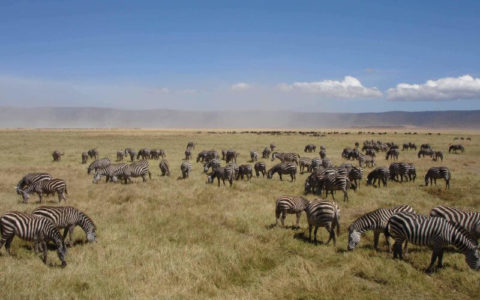
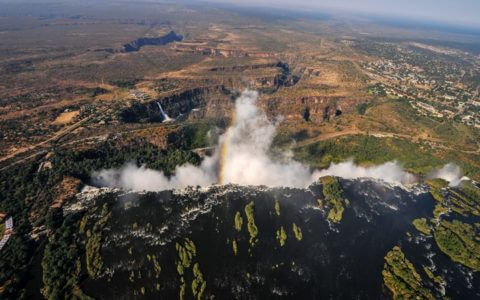


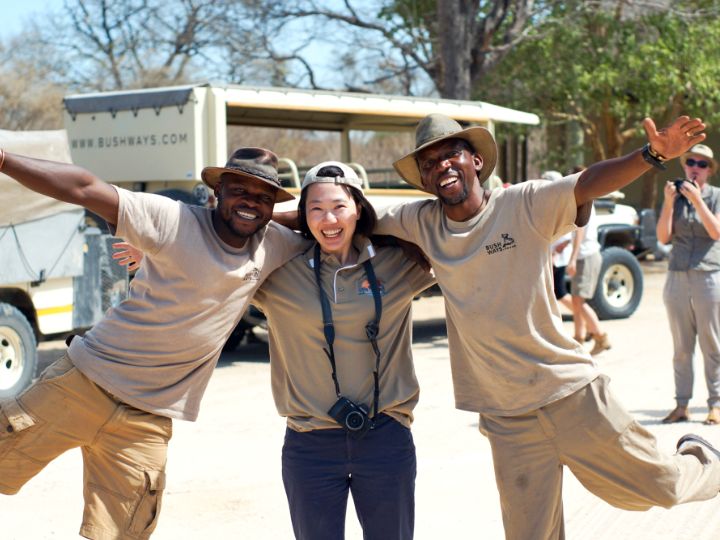
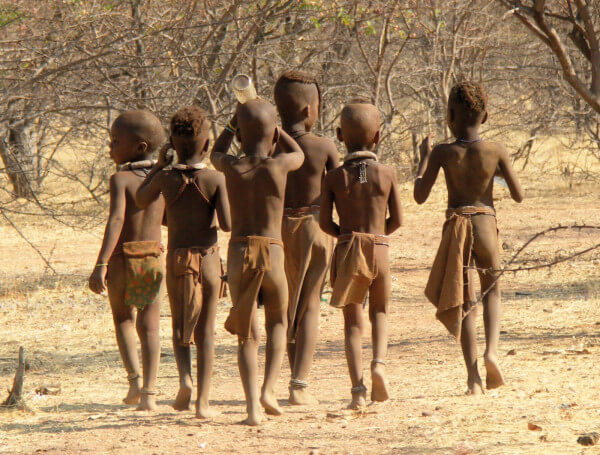
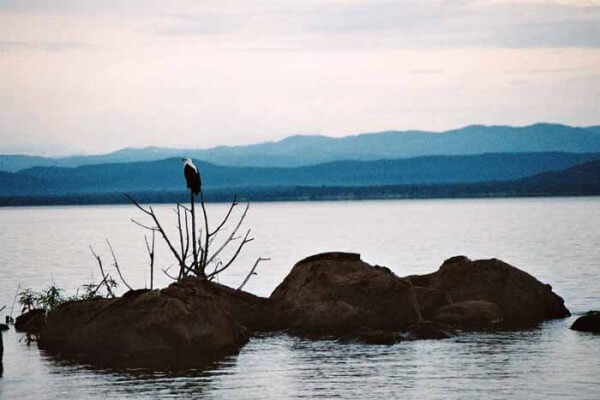

0 Comments